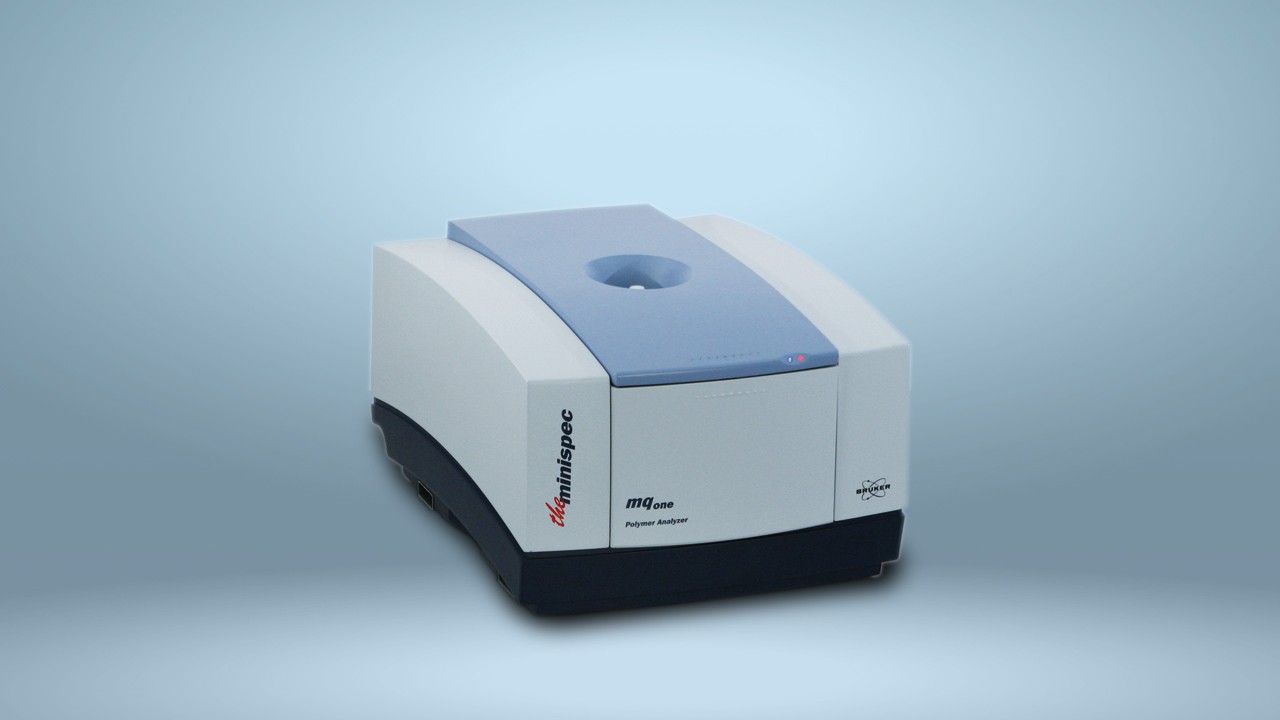Related to ionic structure to explore new elastomer time-domain NMR analysis
"This work clearly determines the network structure and the liquidity of the rubber elastic ionomer special unique qualitative relation between the elastic characteristics."
Nuclear magnetic resonance (NMR) time domain (TD - NMR) is based on the exposed to the magnetic field of the excitation of the nucleus of one of several different NMR method.With the well-known NMR spectrum is different, its measurement is the nucleus in the excitation of the time required to restore balance.It can easily use compact desktop spectrometer, although is unable to provide the same as the NMR spectrometer atomic or spatial resolution, but it has high resolution and reproducibility.In addition, the equipment is cheap and easy to use.At the same time, it can be used in the NMR spectrum a wider range of sample types.
Over the years, as a result of NMR technology innovation has made it possible to more complex analysis, TD - NMR has been neglected.Now, however, because of its convenience, economy and portability, it is making a comeback.It has set up a file in the various structure research provides important information, therefore be used to solve elastic ionomer how to realize the problem of its unique physical and processing performance.
Elastomer (such as rubber band) is a kind of polymer, after because of serious deformation force to restore its original shape.The elastic characteristics is through the combination of molecular mobility and covalent cross-linking.Attempt to increase elastomer strength is always accompanied by fracture rate increase.However, through the development with ionic bond instead of covalent bond elastomer, the difficulties have been overcome.The ionic elastomer in does not affect the robustness of the cases showed higher intensity1.In addition, the ionic bond than irreversible covalent bonds are more likely to rupture, so ion elastomer is easier to recycle.
Despite the unique properties of ion elastomer has long been recognized, but the study of the structure of a large number of failed to explain how they are implemented.Due to its hierarchical structure and chain mobility and dynamic ion interaction, makes the research on its fine structure become particularly challenging and time-consuming.
By combining the advanced TD - NMR technology, the structure of elastic ionomer details reached a new level 2.To take advantage of low field brook economic and easy-to-use minispec mq20 desktop time-domain NMR spectrometer, the researchers with different content of magnesium carboxylation butadiene-acrylonitrile rubber were analyzed.In addition, also evaluates the effects of heat the network structure.
The study found that the polymer containing ion clusters, it is using other analysis techniques has never been observed before, ion clusters shortened the distance between the ions part, so as to realize more aggregation and stronger ion interaction between the two.With the increase of magnesium oxide concentration, crosslinking degree increase, and intercept did not increase the proportion of the polymer.This related to strength enhancement at the same time maintain good robustness.Higher strength was due to the formation of more small ion clusters, increase the possibility of a dynamic crosslinking.Temperatures caused the ion rearrangement dynamics change, under the condition of low shear melting processing ion elastomer is possible.
This work highlights the crosslinking density in the determination of the importance of elastic ionomer elastic properties.
References:
- Dalmas F and Leroy e. Macromolecules, 2011, 44 (20), 8093 -
- Malmierca MA, et al. Characterization of the Network Structure and Chain Dynamics of Elastomeric Ionomers by Means of 1 h Low Field NMR. Macromolecules, 2014, 47, 5655 -


